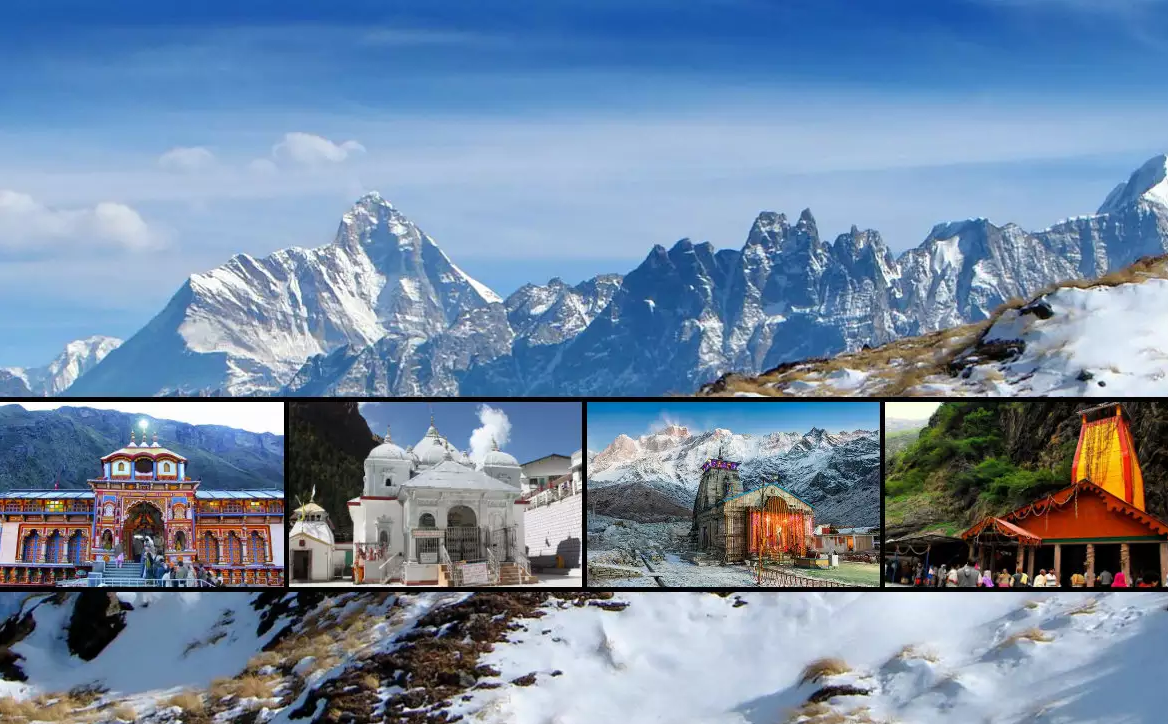Embarking on the Char Dham Yatra in Uttarakhand is not just a journey—it is a spiritual calling. Every year, thousands of pilgrims from across India and the world set foot on this sacred path to seek blessings from the four holy shrines of Yamunotri, Gangotri, Kedarnath, and Badrinath. Together, these shrines form the Char Dham of Uttarakhand, also known as the Chhota Char Dham.
But one question troubles almost every pilgrim before starting the journey:
“Where should you visit first in Char Dham Yatra?”
The answer lies in ancient traditions, geography, and the flow of the sacred rivers. Let’s explore in detail why the Yatra has a specific order, what happens if you change it, and why beginning at the right place makes your journey spiritually fulfilling.
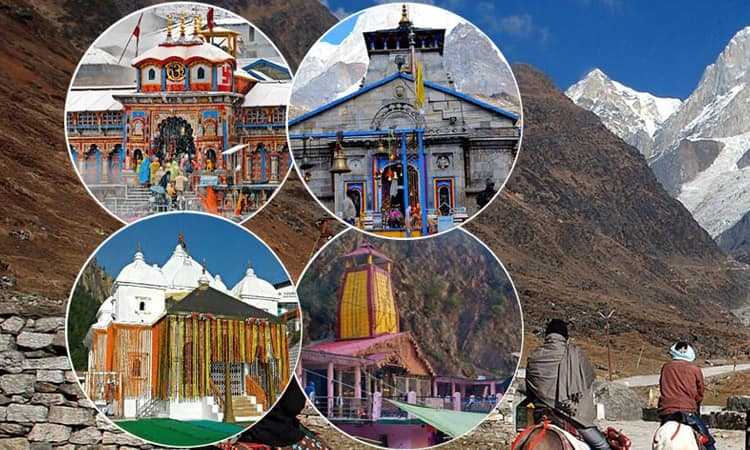
The Traditional Order of Char Dham Yatra
The Char Dham Yatra is not a random sequence of temple visits. Since ancient times, sages and pilgrims have followed a clockwise (parikrama) route through the Himalayas. This is known as the Parikrama Path, which is considered auspicious in Hindu traditions.
The order is always:
- Yamunotri – The source of the Yamuna River
- Gangotri – The origin of the Ganga River
- Kedarnath – The sacred Jyotirlinga of Lord Shiva
- Badrinath – The abode of Lord Vishnu
This sequence has deep meaning. You begin with the goddess rivers (Yamuna and Ganga), purify yourself spiritually, and then proceed to Kedarnath (Shiva), before concluding at Badrinath (Vishnu).
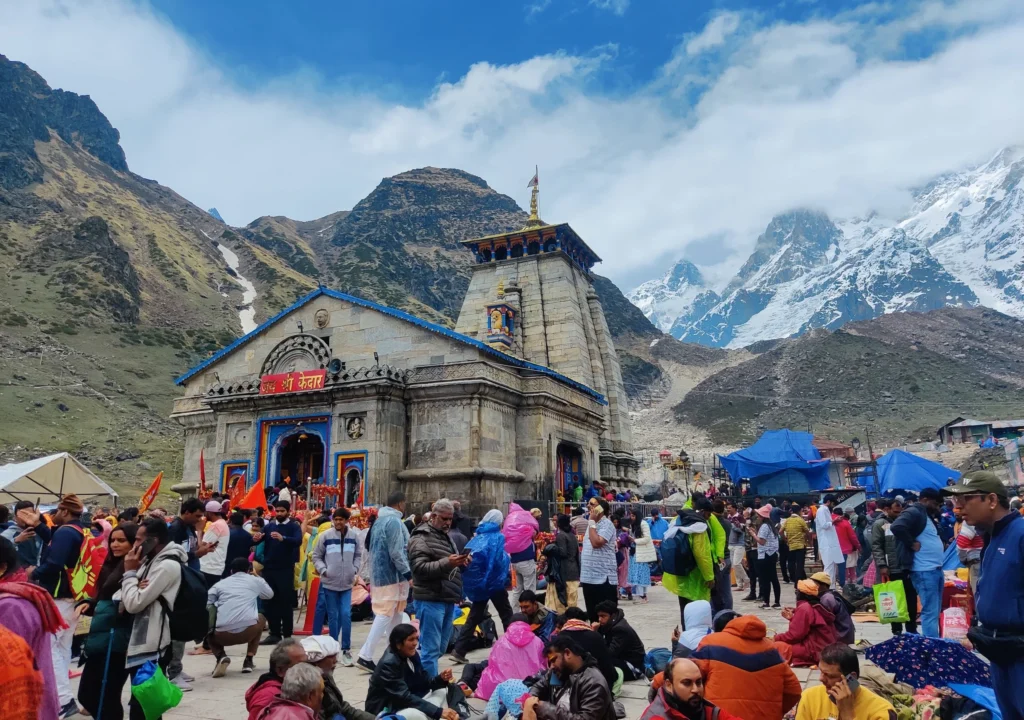
Why Start with Yamunotri First?
When pilgrims begin the Char Dham Yatra in Uttarakhand, one question always arises: why should the journey start with Yamunotri first? To understand this, we must look deeper into tradition, geography, spirituality, and even the cultural history of the Char Dham. Yamunotri, the seat of Goddess Yamuna, is not only the westernmost shrine of the four but also carries profound meaning as the symbolic gateway to this sacred journey.
The Char Dham Yatra is not just about visiting four shrines one after another. Each destination represents a step in spiritual evolution. To skip the order or to reverse it is like starting a book from the middle—you may still understand the story, but you miss the true essence of its flow. This is exactly why Yamunotri holds the honor of being the first stop.
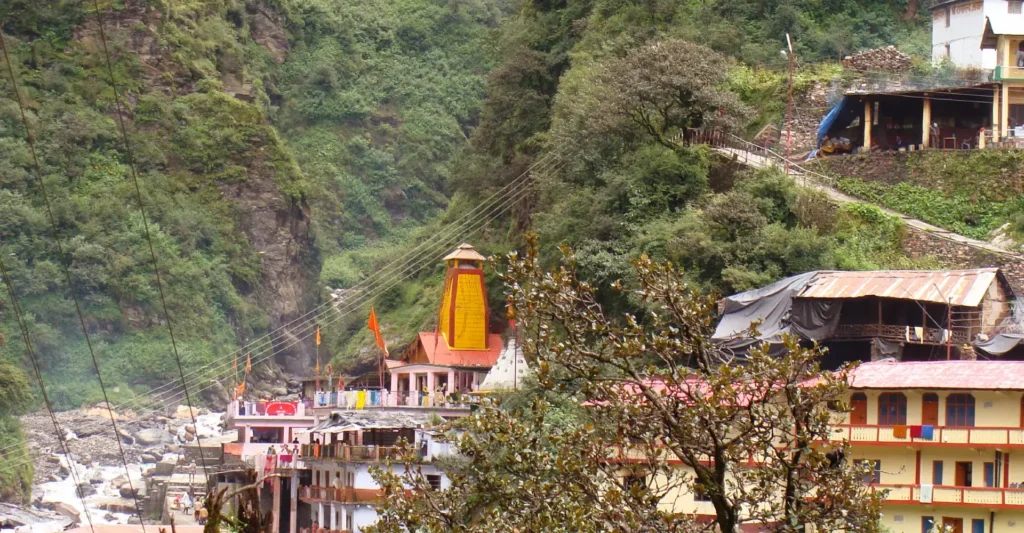
The River Connection
One of the most important reasons is the relationship of the four shrines with the mighty Himalayan rivers. Yamunotri is the source of the river Yamuna, while Gangotri is the origin of the Ganga. The other two Dhams, Kedarnath and Badrinath, are deeply connected with these rivers, as the waters from Gangotri are offered at Kedarnath, and the Alaknanda flows near Badrinath. When you start from Yamunotri, you are beginning at the fountain of life.
In Hindu philosophy, rivers are not seen as just water bodies; they are divine mothers who nurture and protect. The Yamuna is believed to protect devotees from untimely death and guide them with compassion. Pilgrims, therefore, first invoke Yamuna to bless their journey and ensure that they complete it safely. Once the Yamuna blesses them, they move to Gangotri, where the Ganga purifies the soul, washing away lifetimes of karmic burdens. Only after this purification is the soul considered ready to face the powerful presence of Lord Shiva in Kedarnath and finally reach Lord Vishnu in Badrinath for salvation.
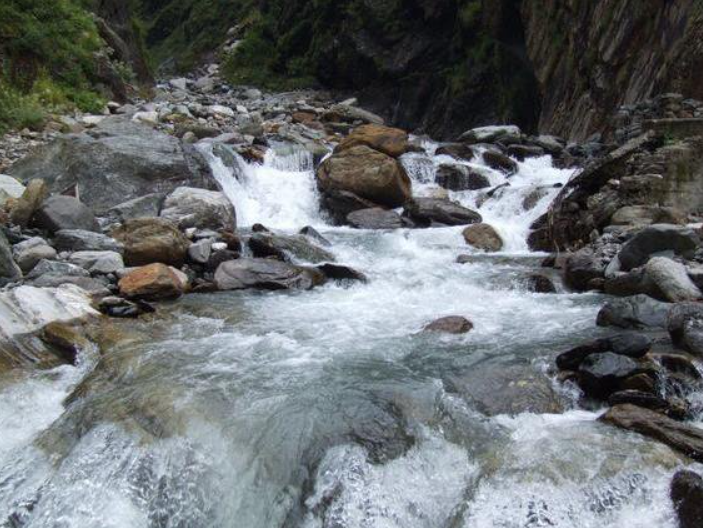
The Spiritual Sequence
The order of Yamunotri, Gangotri, Kedarnath, and Badrinath is not random but designed to reflect the path of a soul. Yamunotri symbolizes the beginning, a fresh start, like birth itself. The Yamuna is gentle compared to the Ganga, which is considered fierce and purifying. Beginning at Yamunotri eases pilgrims into the Yatra, just as a child learns to walk before running. After Yamunotri comes Gangotri, where the soul is cleansed. Kedarnath follows, representing the destruction of ego by Shiva, and the journey concludes at Badrinath, where Vishnu grants eternal liberation.
Starting from Yamunotri first gives the Yatra a natural rhythm. It is like climbing a mountain gradually. If someone skips this step and begins directly with Gangotri or Kedarnath, they miss the initial grounding energy of Yamunotri. Pilgrims often describe Yamunotri as a soft, motherly presence, compared to the stern discipline of Gangotri. It prepares the heart for the spiritual intensity that follows.
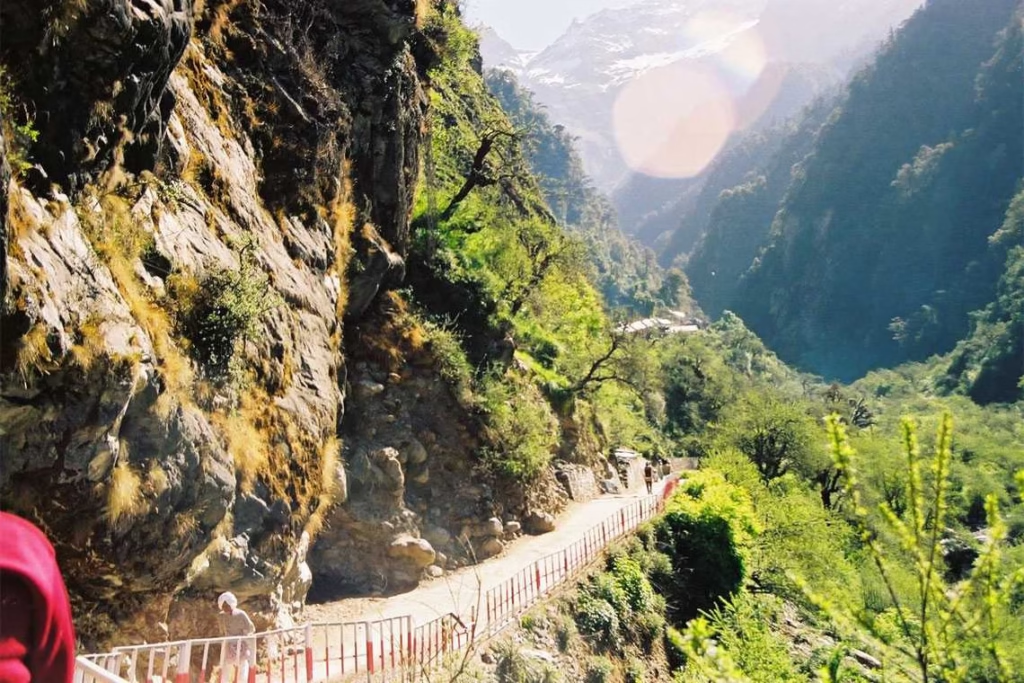
Geography and Tradition
There is also a geographical logic behind this sequence. Yamunotri lies in the westernmost part of Garhwal Himalayas. When pilgrims start their journey from Haridwar, Rishikesh, or Dehradun, Yamunotri comes first on the route. This naturally makes it the first step, and continuing clockwise to Gangotri, Kedarnath, and Badrinath forms a circular parikrama of the sacred land.
In Hinduism, circumambulating sacred spaces clockwise is considered auspicious. The Char Dham Yatra follows the same principle on a grand scale. To break this order would be to break the parikrama, which is seen as incomplete. Hence, starting with Yamunotri ensures you follow the cosmic order of the journey.
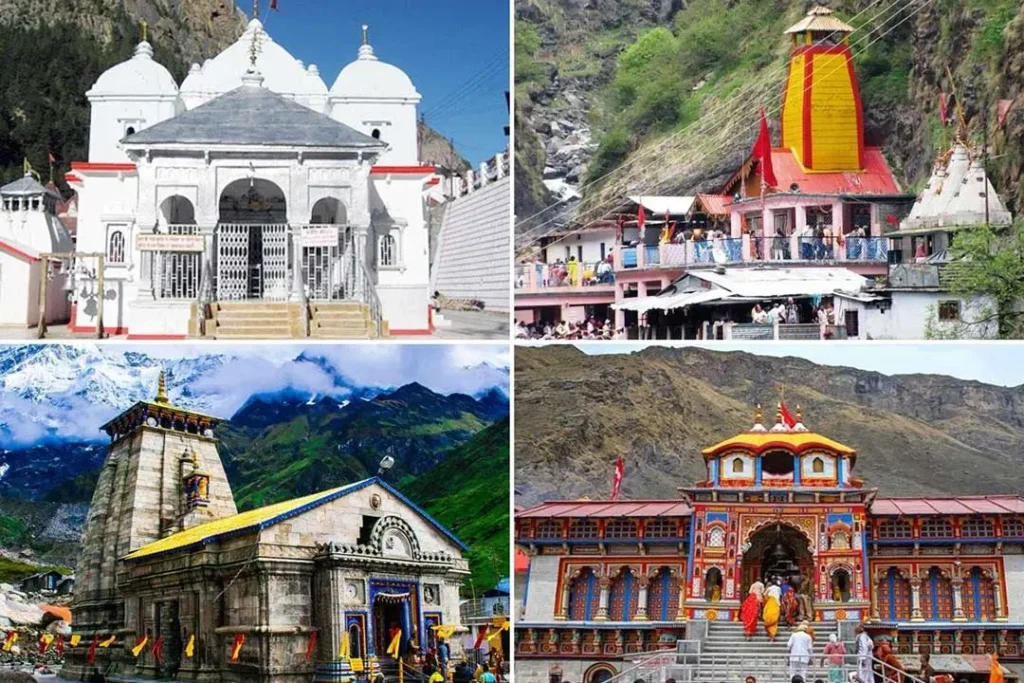
The Spiritual Meaning Behind the Sequence
Each Dham represents a unique form of divinity. Following the right order ensures that you complete your pilgrimage in harmony:
- Yamunotri: Goddess Yamuna represents compassion and protection from untimely death.
- Gangotri: Goddess Ganga represents purity, moksha, and liberation from sins.
- Kedarnath: Lord Shiva represents destruction of ego and rebirth of the soul.
- Badrinath: Lord Vishnu represents salvation and eternal peace.
When you begin with Yamunotri and end at Badrinath, you symbolically move from birth → purification → destruction of ego → eternal liberation.
What Happens If You Start Elsewhere?
Some travelers are tempted to start at Kedarnath or Badrinath due to convenience. However, traditional beliefs say that breaking the sequence may reduce the spiritual merit of the Yatra.
It’s not considered inauspicious, but the true essence of Char Dham is felt only when you follow the parikrama path. Moreover, government travel advisories and most tour operators also follow this order.
Detailed Look at Each Dham in the Sequence
1. Yamunotri – The First Step of Char Dham
- Location: Uttarkashi district, at 3,293 meters.
- Deity: Goddess Yamuna.
- Why First? Because Yamuna symbolizes the beginning of spiritual life. Pilgrims first bathe in her hot springs (Surya Kund) and seek her blessings.
- Special Rituals: Offer prayers at Divya Shila before entering the temple.
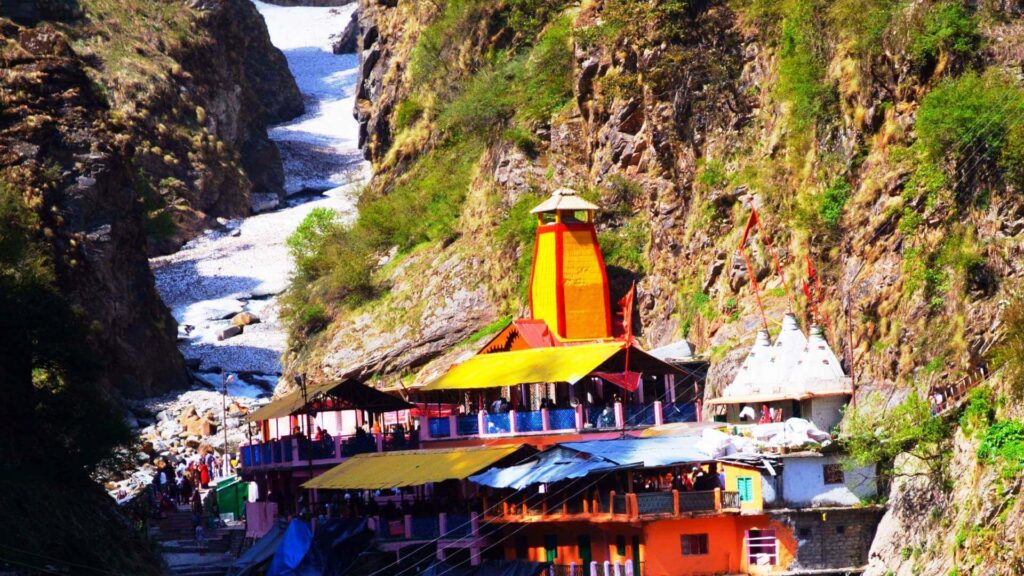
2. Gangotri – The Source of Ganga
- Location: Uttarkashi district, at 3,100 meters.
- Deity: Goddess Ganga.
- Why After Yamunotri? Because after invoking Yamuna, you honor Ganga, the mother of all rivers. The holy water from Gangotri is carried to Kedarnath for rituals.
- Special Rituals: Collect Ganga jal and perform evening Ganga Aarti at the ghat.
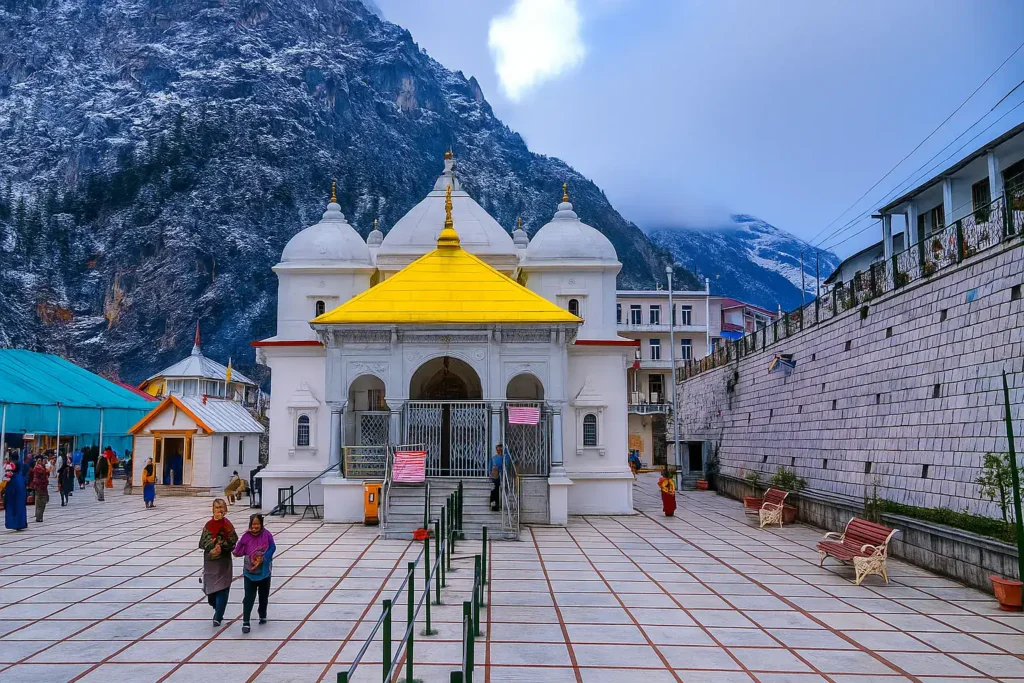
3. Kedarnath – The Sacred Abode of Shiva
- Location: Rudraprayag district, at 3,583 meters.
- Deity: Lord Shiva in Jyotirlinga form.
- Why After Gangotri? After purification from Yamuna and Ganga, the soul is ready to face Shiva, who destroys sins and ego.
- Special Rituals: Pilgrims offer Gangajal (from Gangotri) to the Shiva lingam here, connecting the journey.
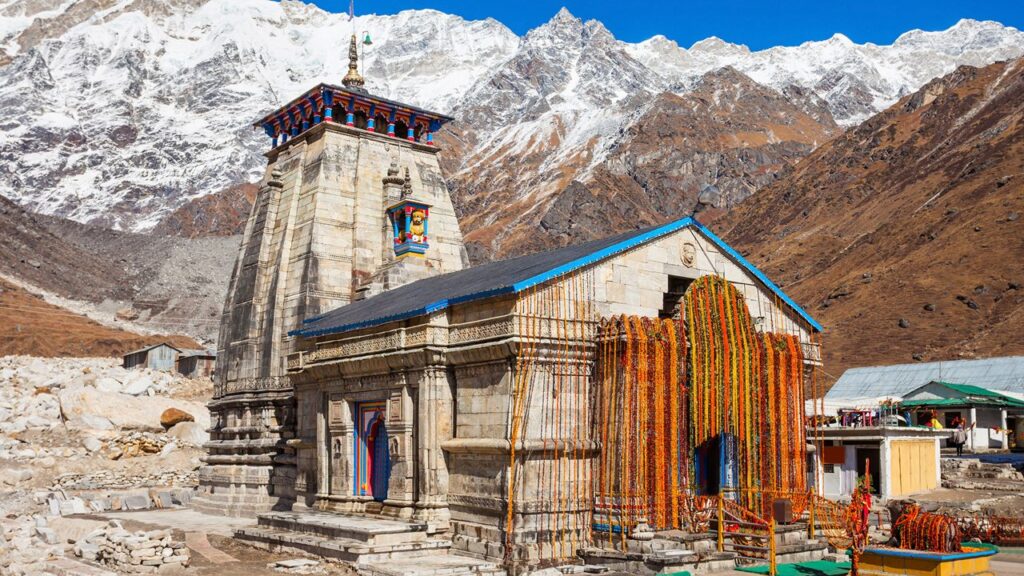
4. Badrinath – The Final Step of Liberation
- Location: Chamoli district, at 3,133 meters.
- Deity: Lord Vishnu in Narayan form.
- Why Last? Badrinath represents moksha—the ultimate goal. After crossing the rivers and worshipping Shiva, pilgrims are ready to attain Vishnu’s eternal blessings.
- Special Rituals: Take a dip in Tapt Kund before entering the temple, and attend evening aarti.
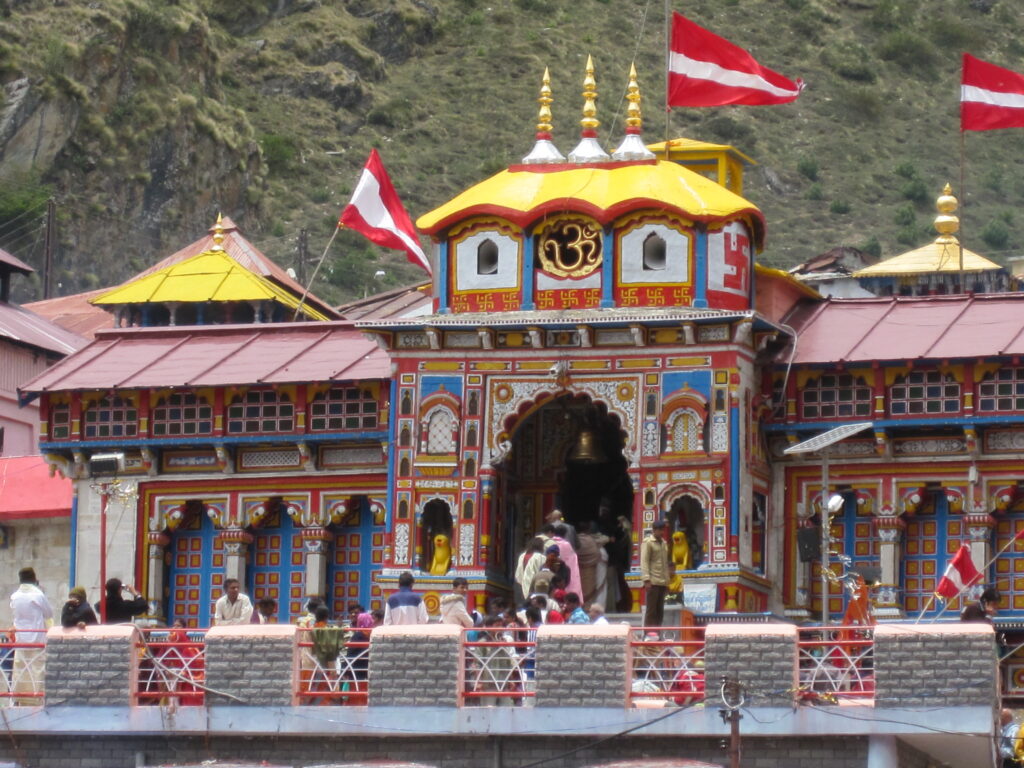
Practical Travel Route (Starting Point Options)
Most pilgrims start their Char Dham Yatra from Haridwar, Rishikesh, or Dehradun. The route looks like this:
- Haridwar/Rishikesh → Yamunotri → Gangotri → Kedarnath → Badrinath → back to Haridwar
Tour operators also provide packages from Delhi, Mumbai, Kolkata, or other major cities, but the sequence inside Uttarakhand remains the same.
Why Following the Order Enhances the Experience
- Cultural Significance – You’re walking the same path saints and sages have followed for centuries.
- Spiritual Flow – It matches the cycle of purification, destruction, and liberation.
- Natural Harmony – Following the rivers upstream to their origins feels spiritually and physically aligned.
- Pilgrim Unity – Everyone on the route moves in the same direction, creating a shared spiritual atmosphere.
Tips for First-Time Travelers
- Always start from Yamunotri, unless health or emergencies demand otherwise.
- Respect local traditions; avoid shortcuts just to save time.
- Carry warm clothes, medicines, and keep yourself hydrated.
- Book your accommodations early, especially during peak season (May–June and September–October).
- If possible, travel with a trusted Char Dham tour package provider for safety and guidance.
FAQs on Where to Start Char Dham Yatra
Q1: Which place should I visit first in Char Dham Yatra?
You should always start the Char Dham Yatra from Yamunotri, followed by Gangotri, Kedarnath, and finally Badrinath. This is the traditional clockwise order.
Q2: Why does the Char Dham Yatra begin at Yamunotri?
Because Yamunotri is the source of the Yamuna River. According to tradition, pilgrims first invoke Goddess Yamuna’s blessings for protection and good health before proceeding to the other shrines.
Q3: Can I start Char Dham Yatra from Kedarnath or Badrinath instead?
Technically, yes. However, the spiritual and cultural tradition recommends starting at Yamunotri. Following the correct order ensures maximum spiritual merit (punya).
Q4: How many days are required for Char Dham Yatra?
On average, the Yatra takes 10 to 12 days if traveling by road. If you opt for a helicopter package, it may take only 4 to 6 days.
Q5: From where does the Char Dham Yatra usually begin?
Most pilgrims start their journey from Haridwar, Rishikesh, or Dehradun, which are well connected by road, rail, and air to the rest of India.
Q6: What is the best time to start Char Dham Yatra?
The Yatra usually opens in April/May and closes by October/November, depending on the weather. The best months are May–June and September–October, as July and August often bring heavy monsoon rains.
Q7: Is the Char Dham Yatra difficult?
It depends on the route. Yamunotri and Kedarnath require trekking, while Gangotri and Badrinath are accessible by road. Helicopter services are available for those who want to avoid long treks.
Q8: Can senior citizens or children do the Char Dham Yatra?
Yes, many senior citizens and families with children undertake the Yatra every year. However, they should consult a doctor before traveling and may prefer helicopter packages for comfort and safety.

